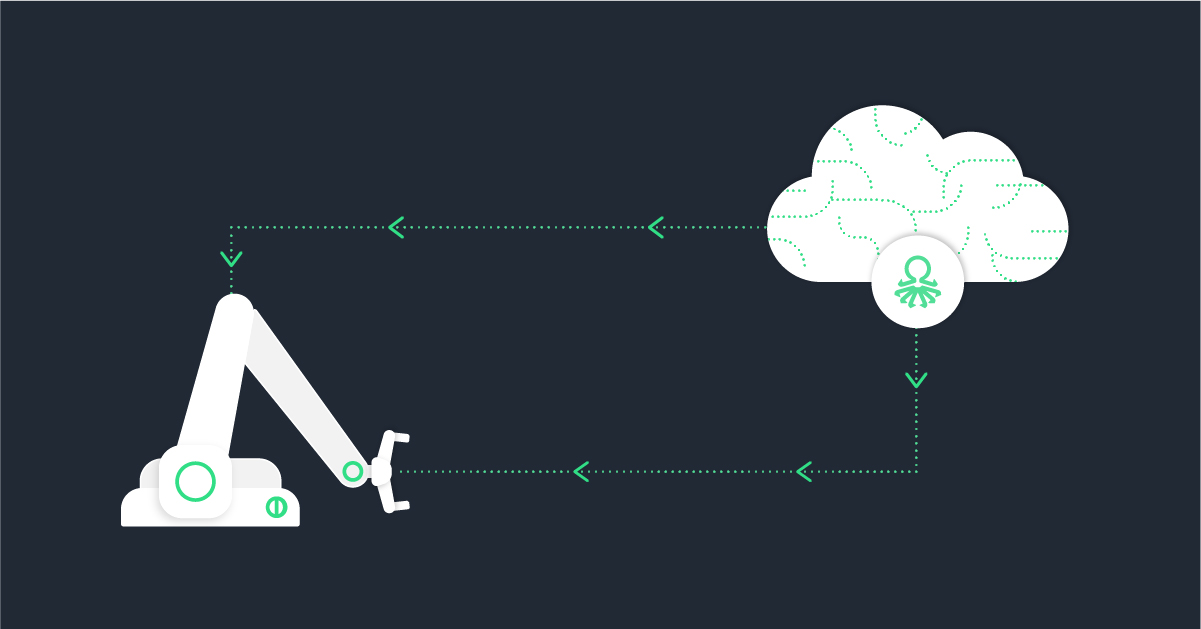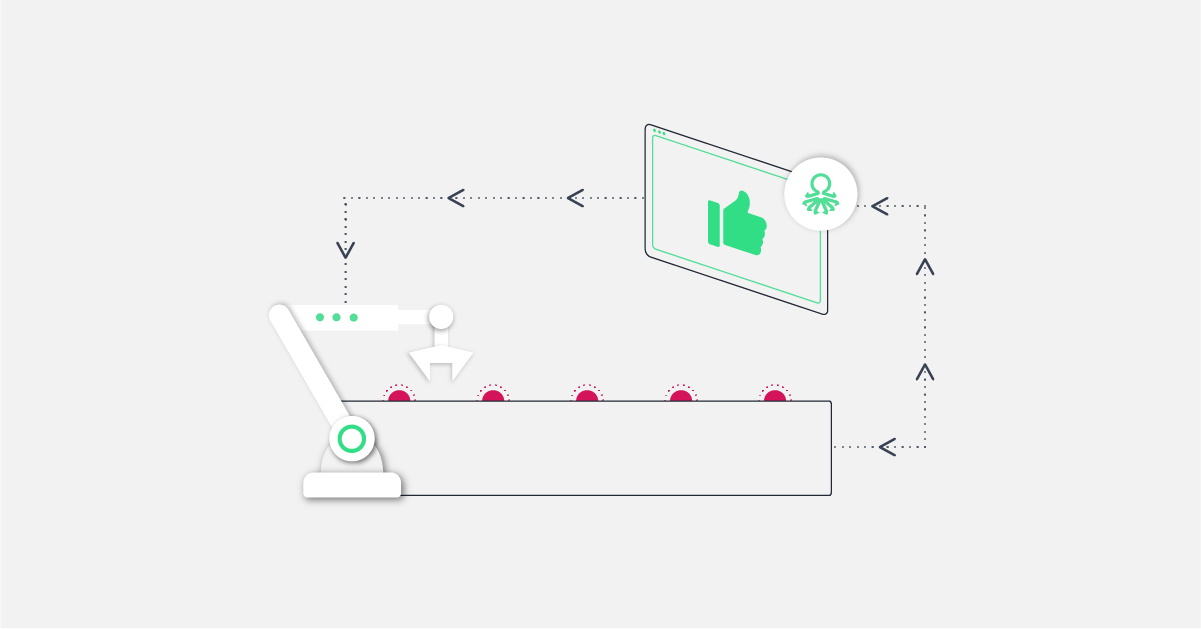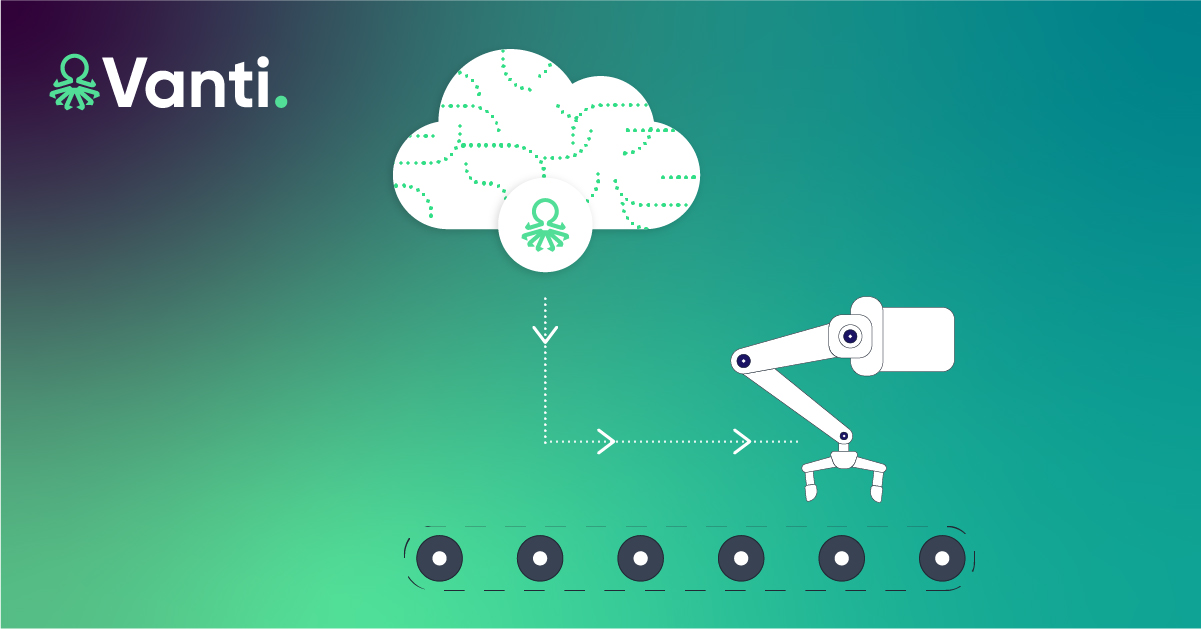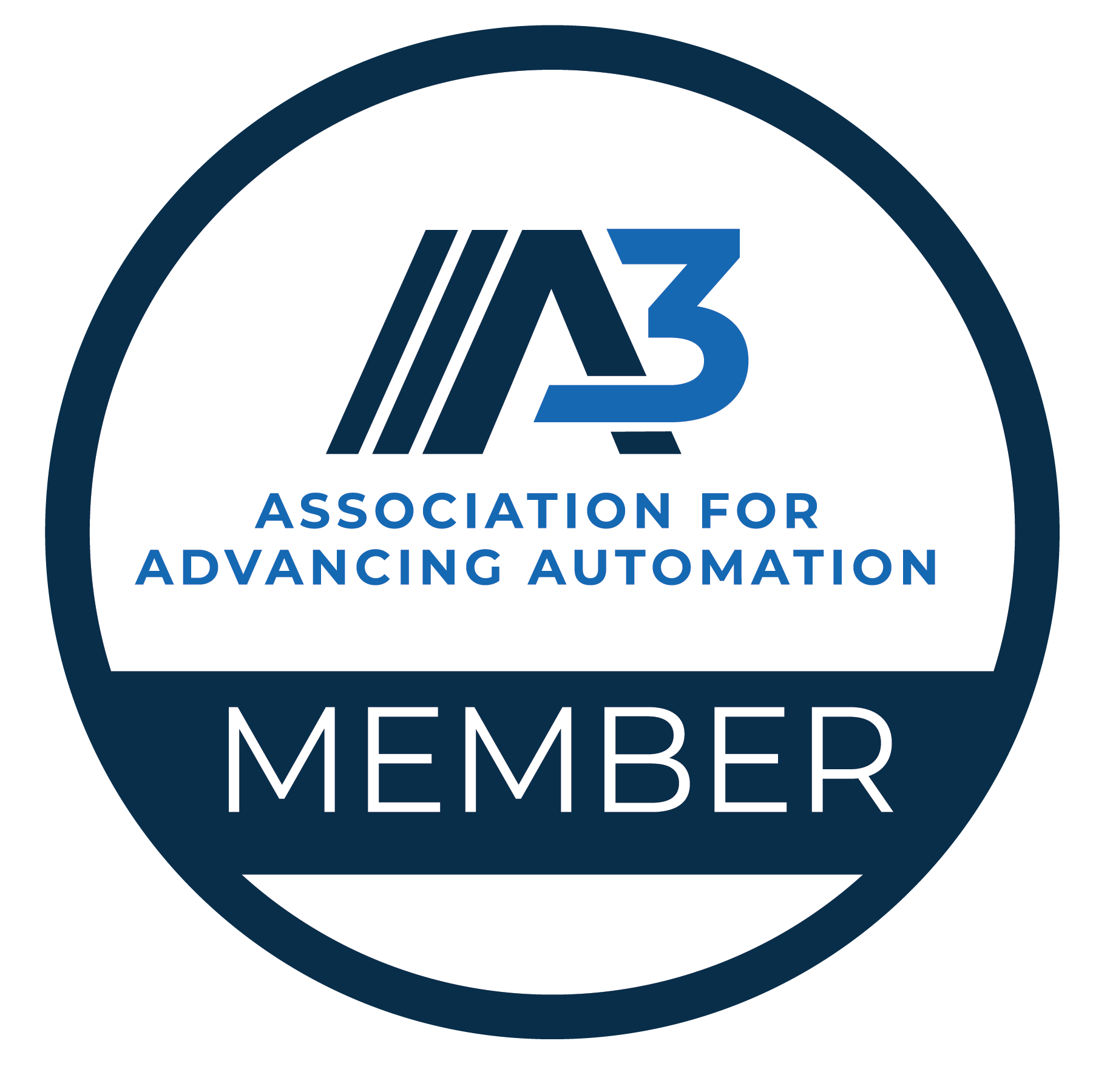Model training is the process by which a machine learning program is trained to perform the specific task at hand. The goal is to achieve the best possible performance through model training, to the point where the end result can mimic human-level performance in its specific task, or even surpass it.
AI training models are created by supplying the algorithm with annotated datasets that the program uses to learn how to perform its specific task. With each iteration, the program monitors its own performance to determine if it has reached an acceptable level. If not, then the root cause must be found. Otherwise, the model may be ready for deployment into production.
All of this begins by understanding the best practices for model training. Creating the right conditions for the model training to produce meaningful results is complex, but it will be well worth it in the end. Scaling AI in manufacturing is dependent on effective machine learning models.
Today, we’re going to cover some best practices to employ when designing machine learning training models.
Carefully Create Image Datasets
AI in manufacturing operations begins with model training. The core of model training is creating annotated datasets that the program can learn from. It’s up to the creators of the training model to carefully create and annotate the images in question.
Begin by reviewing approximately 100 or more images. Major patterns will begin to emerge that can be annotated for the machine learning program. However, beginning this process with the following questions in mind will help select the right annotated images to use for model training:
- What is the typical location in the image of production defects?
- If any images will be cropped, what areas should remain?
- How many pixels is the largest predictable defect?
- How does the location of the defect affect the image selection process for further data augmentation?
- Are defect labels easily distinguished from each other?
It’s recommended by some experts that machine learning engineers (MLE) participate in the defect labeling process. Doing so will help MLE’s learn how to answer the above questions and come up with more relevant questions to the specific project.
Every MLE should carefully review dev datasets if they are not already familiar with the training. Having an inherent understanding of the annotated dataset is vital for future model training and conducting effective error analysis. When reviewing any mispredictions made during model iteration, understanding the training images can help identify where errors might be coming from.
Machine learning model monitoring should be conducted once the image datasets are in use to ensure that the correct images have been selected.
Begin with a Small Set of Data
Overfitting is a great way to begin a new dataset or training pipeline. Overfitting is when the model is trained on a small dataset, only a few samples, and then is evaluated based on those results. It’s an easy test that can be performed quickly and it ensures that the training pipeline is working properly. AI for manufacturing begins with doing quick, simple tests.
Begin with five randomly selected images, then run the model training and evaluation. If there are any mistakes or errors in the training process, the model won’t overfit five images. This makes beginning with a small set of data a simple “sanity check” to ensure that there won’t be errors when more data is fed to the model. It enables further machine learning model performance enhancement once more data is added.
Make Use of Transformations for Data Augmentation
Data augmentation expands the available dataset that the machine learning model has available to make predictions. This data can be augmented by using image transformations to increase training variance. Simple image manipulation is all that’s required to augment available data, such as flipping, rotating, scaling, cropping, or even adding Gaussian noise.
It’s worth noting that this practice is specifically used for machine learning training and not recommended for machine learning model performance monitoring, nor should it be used for models running in production.
However, applying image transformations to the training dataset can help create a more effective model. MLE’s should transform the images to the training set and then carefully review the results. Analyzing and understanding the results can help learn the limits of the model. MLE’s should regularly monitor ML models to ensure they are operating efficiently.
How You Can Continuously Monitor Machine Learning Models
Your team has created a successful training model and it’s now been deployed into production.
Now, the right technical solutions need to be in place to allow for ongoing monitoring of the success or failure of the model in a real production environment. After all, making use of the right tools will help monitor ML models in production.
Are you looking for a better way to monitor your machine learning models? Vanti’s platform makes it easy for you to monitor the vast amounts of data you need to expand your machine learning models. usable data for expanding machine learning models.
Book a demo with one of our machine learning specialists today to see how our solution can transform the way you use your manufacturing data.





